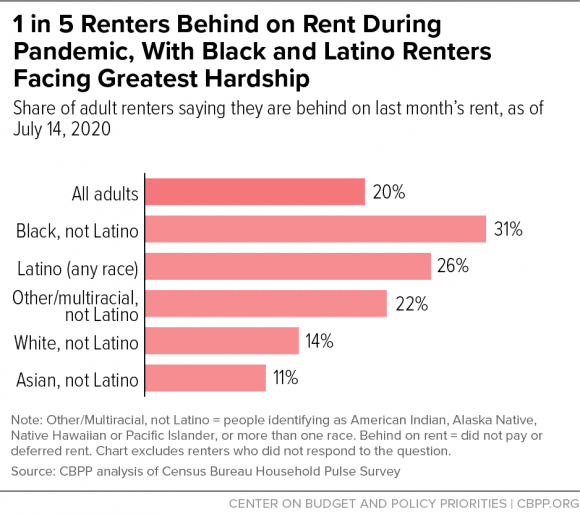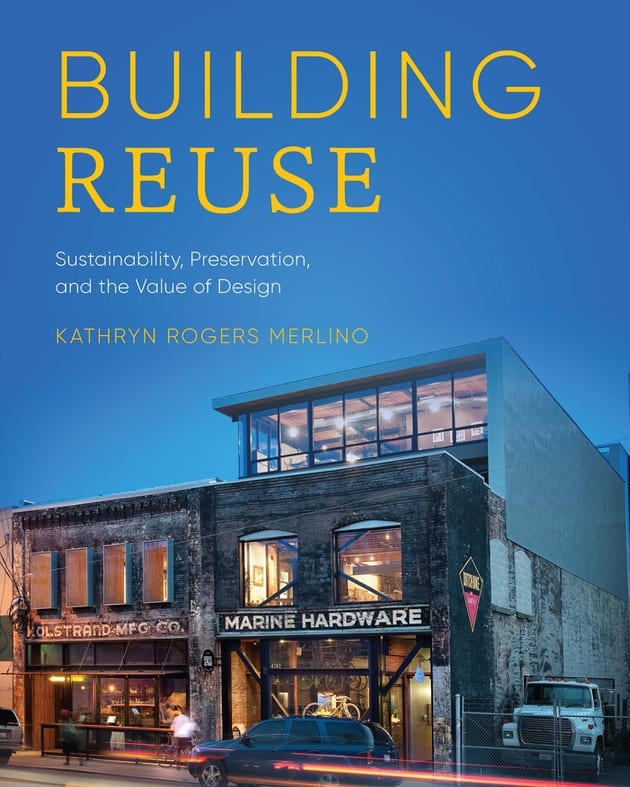Archive for 2020
Counter-Effects of Ethnic and Racial Identity (ERI) as a Buffer against Perceived Racial Discrimination among Asian Immigrants
Efficacy of digital cognitive behavioral therapy for moderate‐to‐severe symptoms of generalized anxiety disorder: A randomized controlled trial
Yields and costs of recruitment methods with participant phenotypic characteristics for a diabetes prevention research study in an underrepresented pediatric population
Fear of childbirth, anxiety and depression in three groups of primiparous pregnant women not attending, irregularly attending and regularly attending childbirth preparation classes
Labor Market Outcomes of Professional Women with Two Children after the One‐Child Policy in China
Enhancing help-seeking behaviour among men who have sex with men at risk for sexually transmitted infections: the syn.bas.in randomised controlled trial
Omission and commission in judgment and decision making: Understanding and linking action‐inaction effects using the concept of normality
The Psychological Benefits of Marriage and Children in Rural Malawi
New Technology, Work and Employment in the era of COVID‐19: reflecting on legacies of research
Families, Family Policy and the Sustainable Development Goals
Culturally Relevant Resilience: A Psychometric Meta‐Analysis of the Child and Youth Resilience Measure (CYRM)
Attacking and Scoring by College Volleyball Players: A Matching Analysis
Mindful Walking Intervention for Physical Inactivity
Implementation of UN Treaty Body Decisions: A Brief Insight for Practitioners
Protest Participation and Parenthood: Evidence from Ukraine
Cross-border medical travels from Cambodia: pathways to care, associated costs and equity implications
The Global Governed? Refugees as Providers of Protection and Assistance. By Kate Pincock, Alexander Betts and Evan Easton-Calabria
Parent functioning and child psychotherapy outcomes: Predicting outcomes in usual care
Ending police violence requires public health-based approach: APHA statement guiding work, outreach
An examination of the temporal order of helping behaviours and emotional exhaustion
Alcohol use disorder and the liver
Frailty and palliative care
#FacultyFeature with Dr. Dee Sherwood, WMU School of Social Work
Null relations between CLASS scores and gains in children’s language, math, and executive function skills: A replication and extension study
Object attachment and decision-making
Safe Sleep and Racial Disparities in Post-Op

Psychosocial interventions for conversion and dissociative disorders in adults
Tribal TANF-Child Welfare Coordination: Collaboration Assessment Tool
An Evidence-Based Logic for the Use of Positive Reinforcement: Responses to Typical Criticisms
Frailty and depression: Reciprocal influences or common causes?
Age, sexuality and hegemonic masculinity: Exploring older gay men’s masculinity practices at work
Harnessing Mental Imagery and Enhancing Memory Specificity: Developing a Brief Early Intervention for Depressive Symptoms in Adolescence
Local sales restrictions significantly reduce the availability of menthol tobacco: findings from four Minnesota cities
Understanding School Shootings with Crime Script Analysis
Pandemic Relief Must Include Comprehensive Housing Assistance for People Experiencing the Most Severe Hardship

A three‐tier process for screening depression and anxiety among children and adolescents with cancer
Ten Years Later: Reflections on Critics’ Worst-Case Scenarios for the Affordable Care Act
Examining the link between economic strain and adolescent social behavior: Roles of social bonds and empathy
Paying attention to climate change: Positive images of climate change solutions capture attention
Who thrives as a direct support professional? Personal motivation and resilience in direct support
Loss of homeland: a qualitative study of the changes in perception of relocated Sichuan earthquake survivors with posttraumatic stress disorder
Changes in Health Insurance Coverage Due to the COVID-19 Recession: Preliminary Estimates Using Microsimulation
Building Reuse: Sustainability, Preservation, and the Value of Design

The construction and operation of buildings is responsible for 41 percent of all primary energy use and 48 percent of all carbon emissions, and the impact of the demolition and removal of an older building can greatly diminish the advantages of adding green technologies to new construction. In Building Reuse, Kathryn Rogers Merlino makes an impassioned case that truly sustainable design requires reusing and reimagining existing buildings.